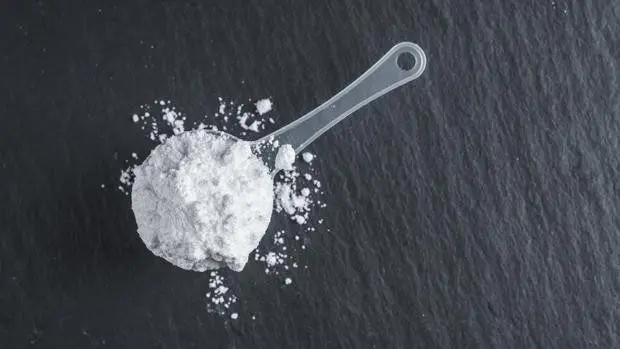Contents

La creatine It is a chemical that is naturally present in the body, mainly in the muscles and also in the brain. It is produced by organs such as the liver, pancreas or kidneys. To incorporate it into the diet naturally, it is found in red meat and seafood, although it can also be found synthetically. In fact, creatine as a supplement is popular for its use for Improve sports performance and to increase muscle mass, which is why it is also used for the elderly. Its use is allowed by the International Olympic Committee and by professional sports.
But in addition to physical performance, it is also used to treat multiple sclerosis, depression and there are those who apply it to the skin to prevent aging. However, there is insufficient scientific evidence to support these alternative applications. In general, this substance is involved in the generation of the energy that muscles need to function. Skeletal muscles can only store so much creatine, so taking in more does not raise levels.
During short-term, high-intensity exercise, phosphocreatine is converted to ATP, the main source of energy within the human body. That is why it is interesting to increase lean muscle mass and performance in explosive exercises such as Weightlifting, the high jump or speed races. It is one of the best-selling supplements and its intake is recommended between 30 minutes and an hour before training or immediately after, although there is no absolute consensus on when to administer it.
Benefits
- Helps improve physical performance
- It is necessary in cases of metabolic problems related to the transport or creation of creatine
- Improves muscle strength
- Buffers lactic acid and hydrogen ion build-up
- Slows the effects of sarcopenia
Possible side effects
- Weight gain
- Muscle cramps
- Stomach pain and vomiting
- Diarrhea
- dizziness
- It can make the situation worse for people with kidney disease










pasi ta lini kreatinen a ka rrezik se mund te te bjer masa muskulare?